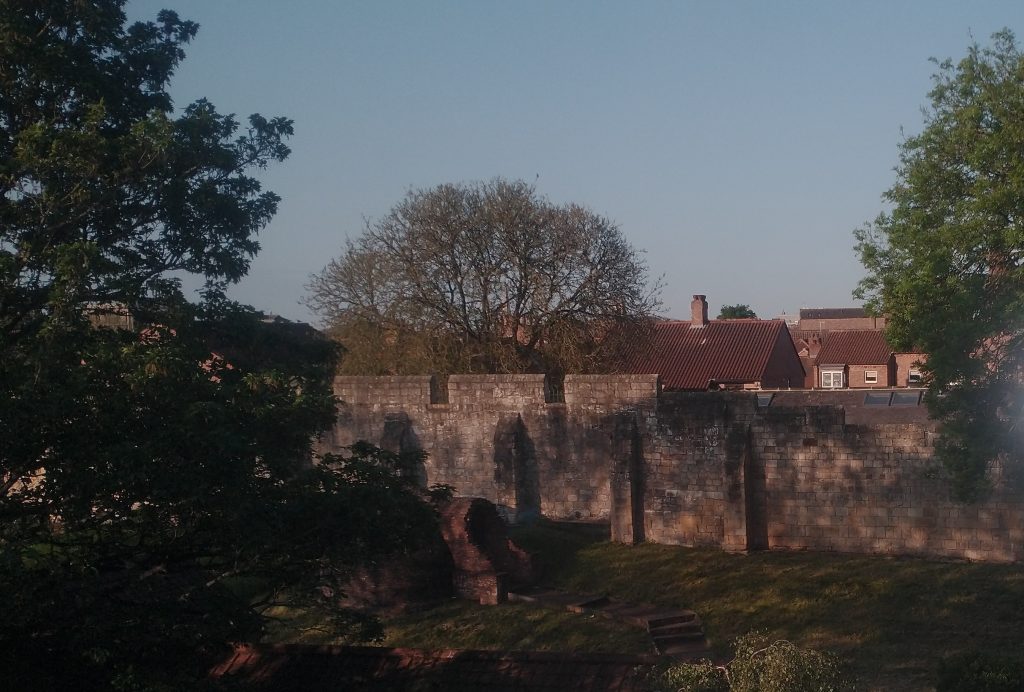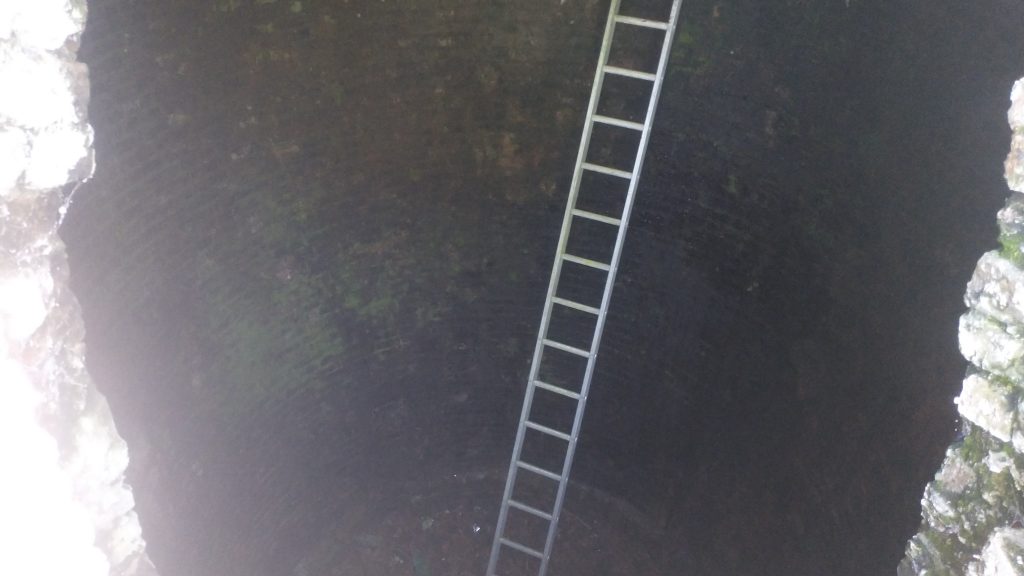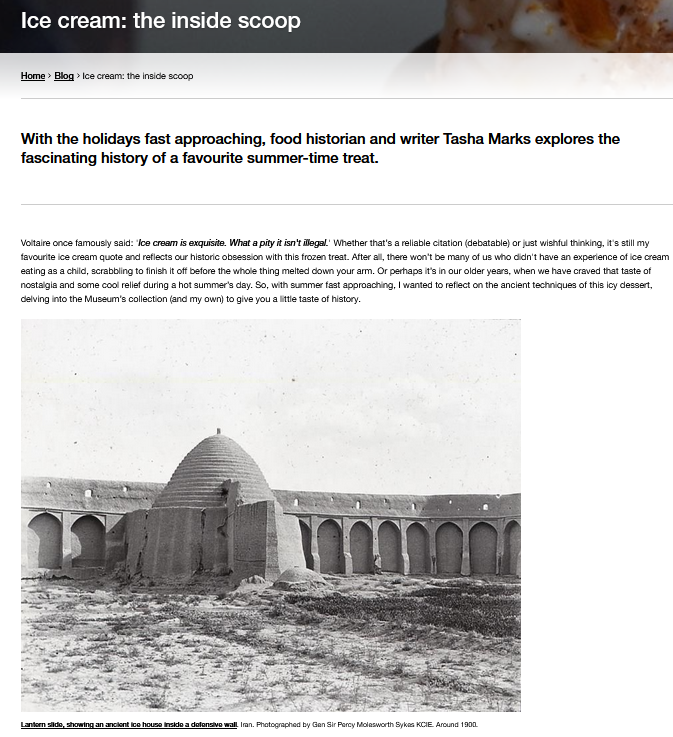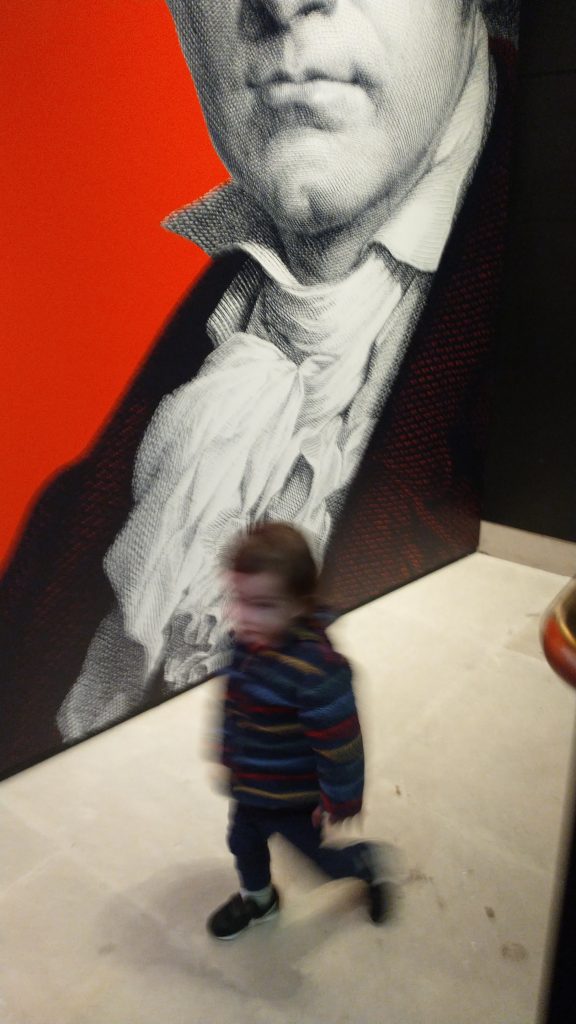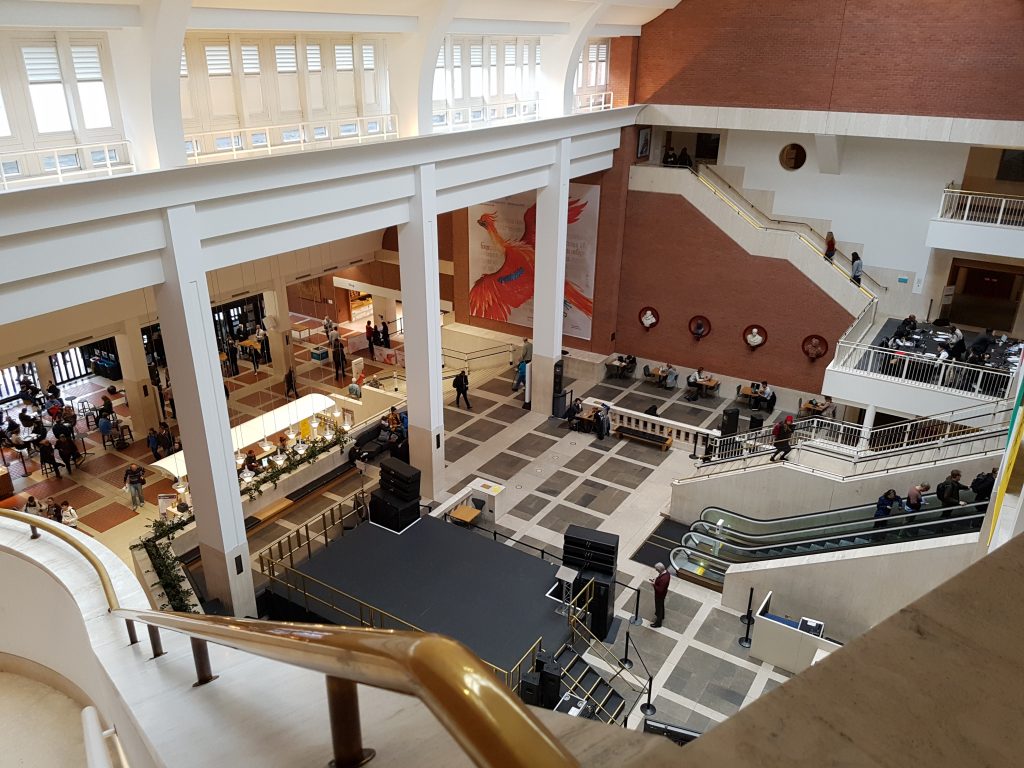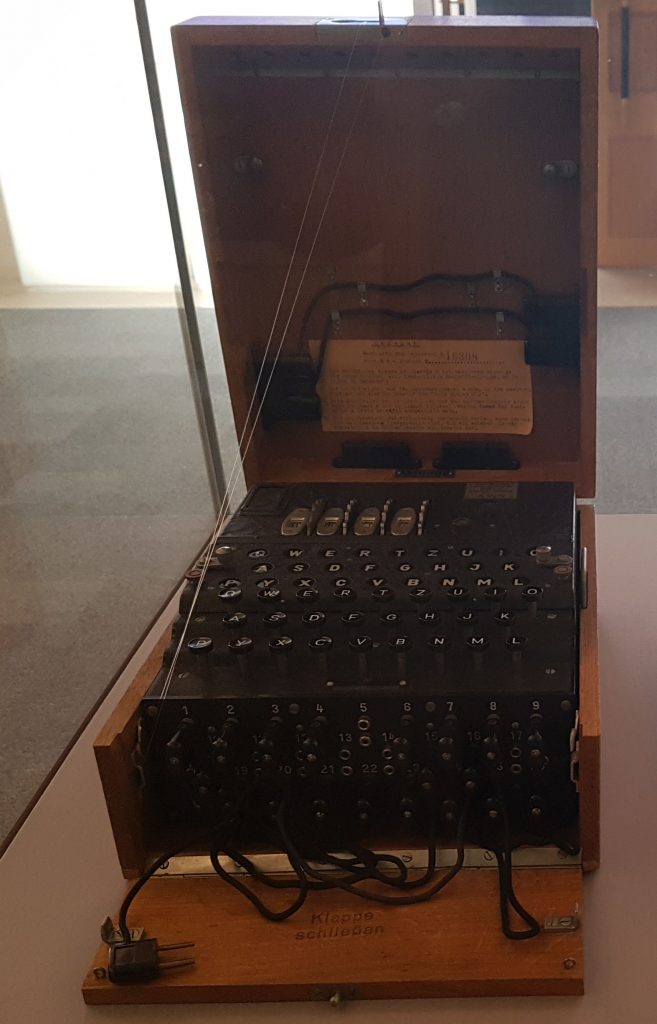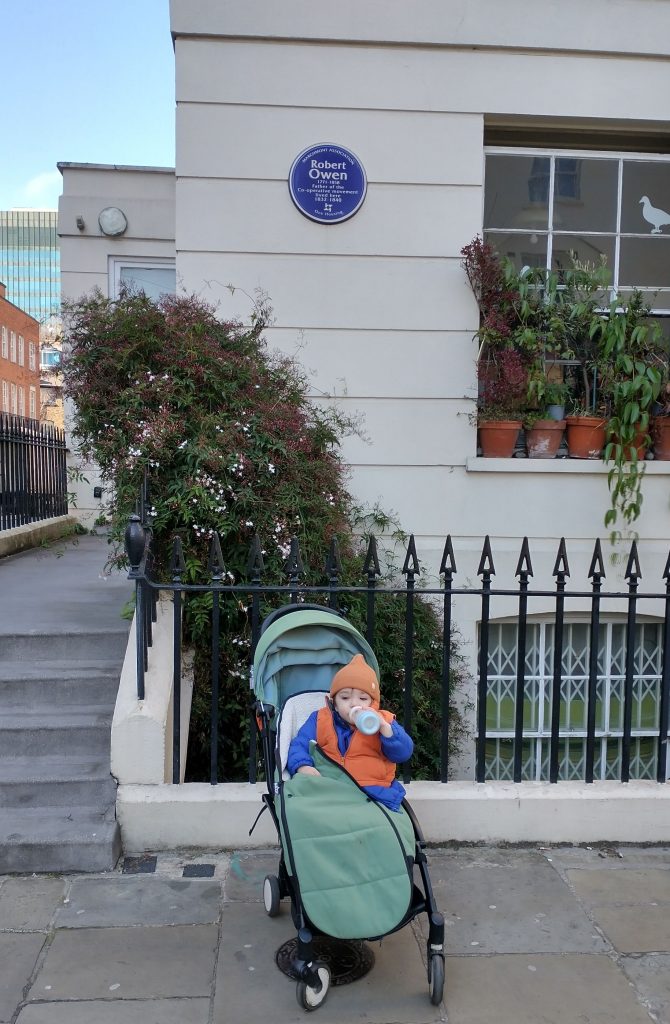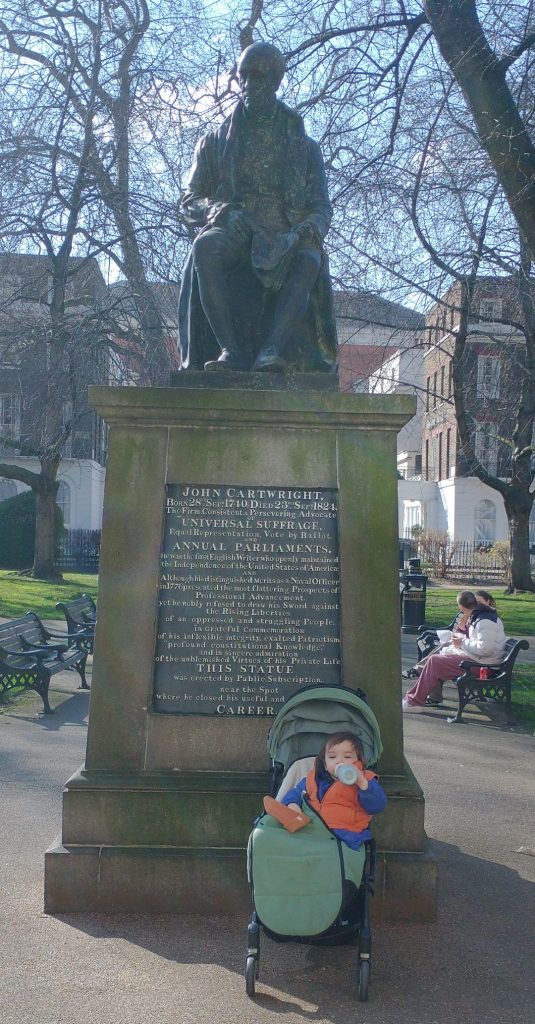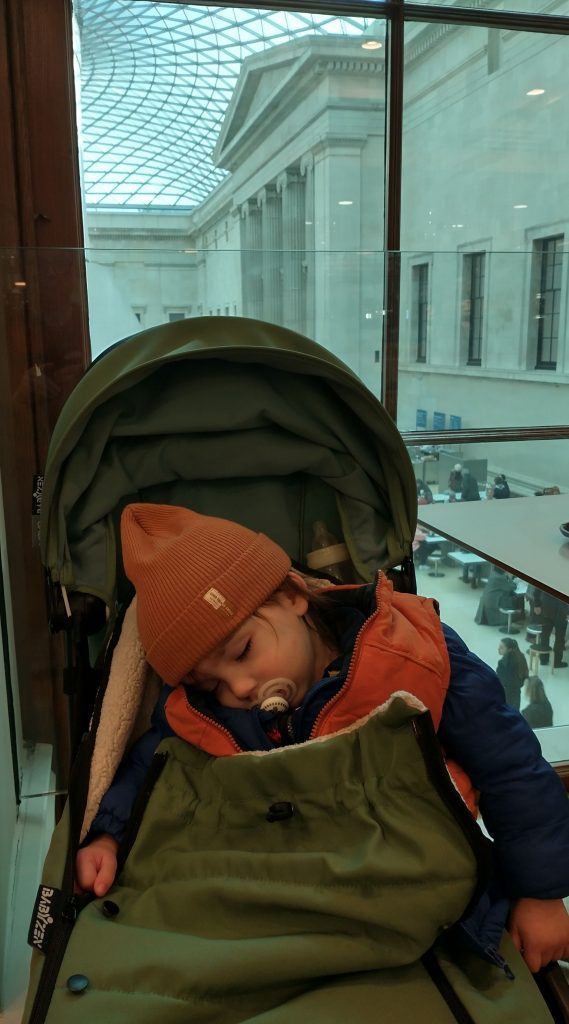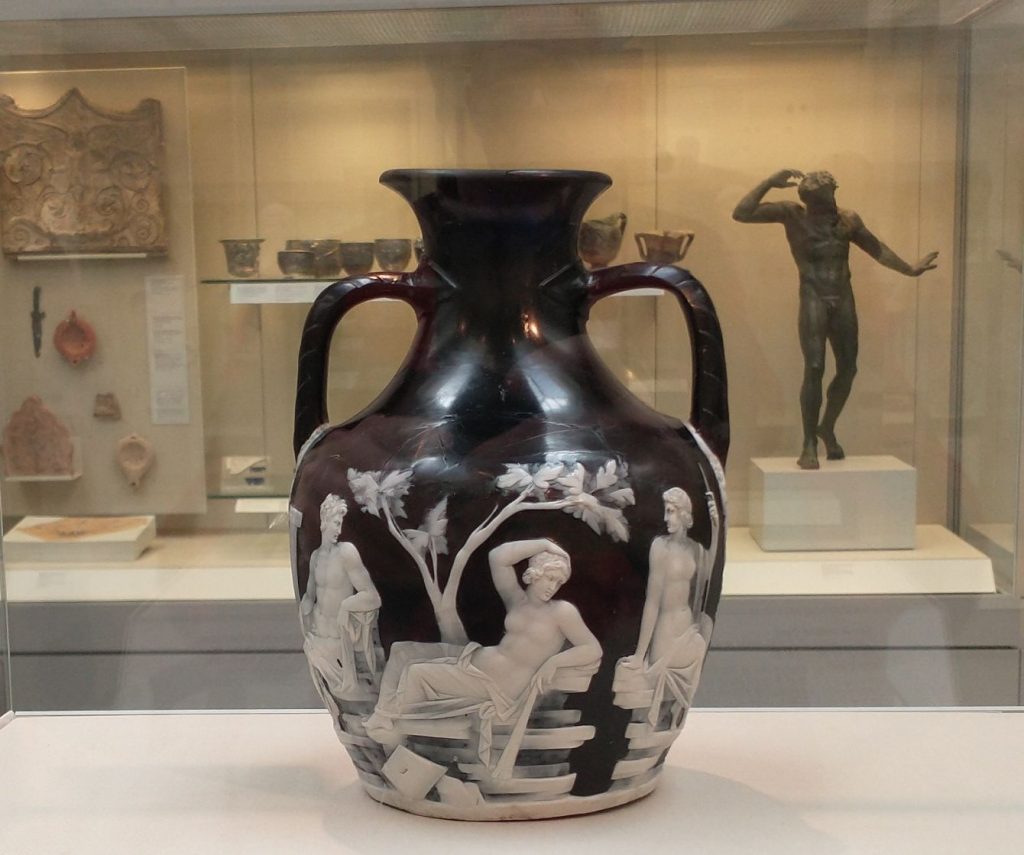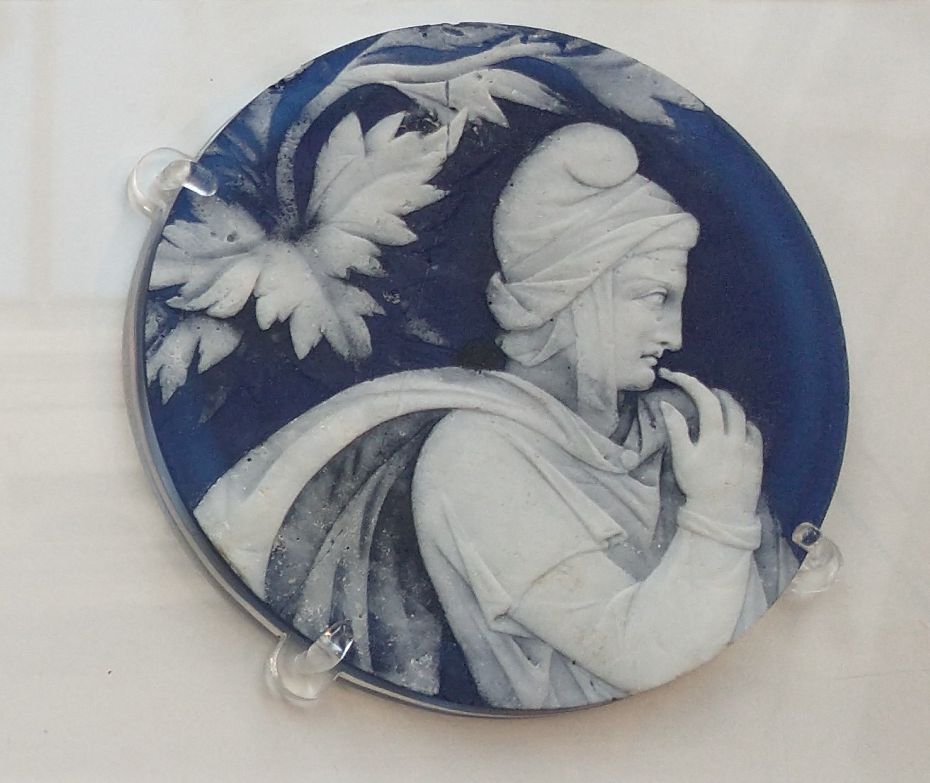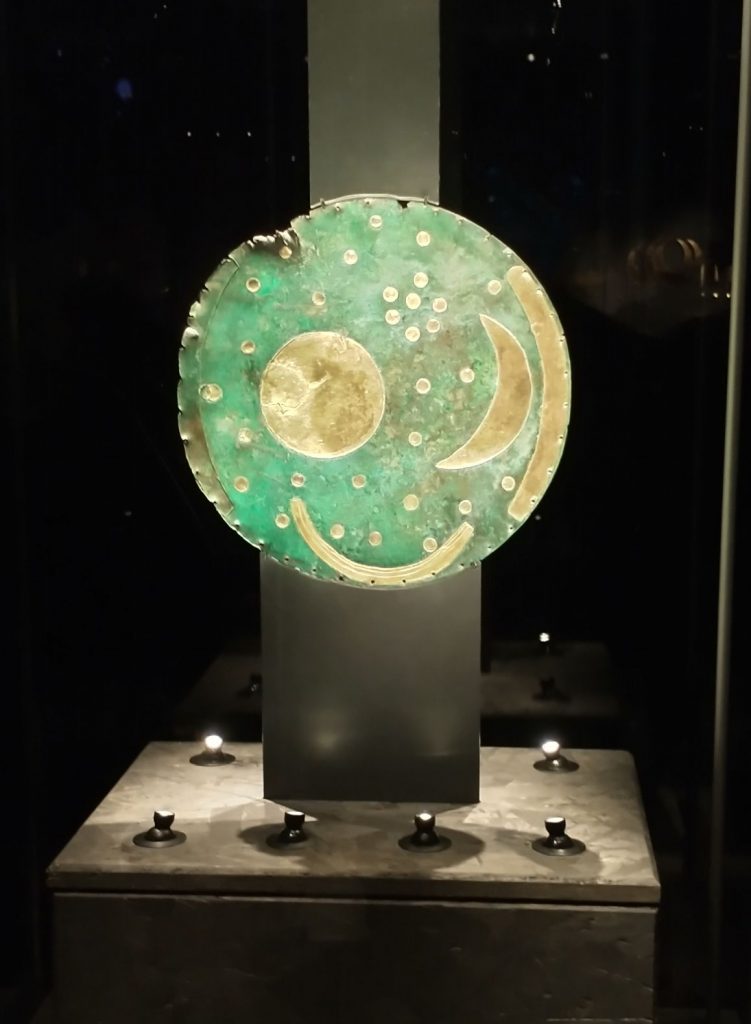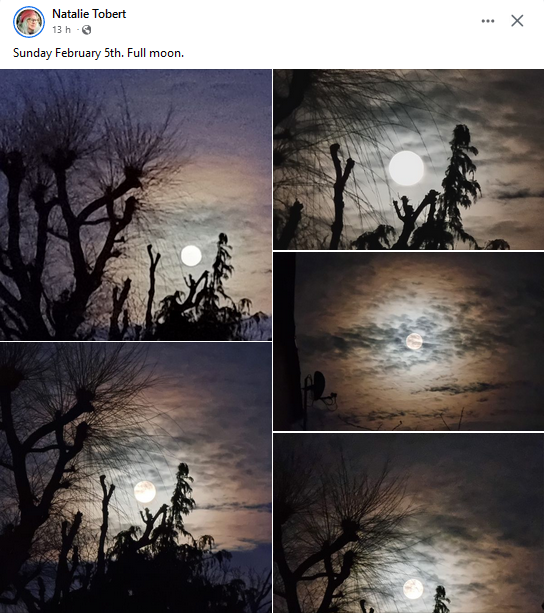
The Goddess Book of Days’ has the the 7th as the Day of Selene and other Moon Goddesses. (February 6th as the Festival of Aphrodite)
Selene is one of the most beguiling of Goddesses as she is the epitome of the Moon (Romans knew her as Luna). She, who gives that silvery, ethereal light to dark days, who appears and disappears to a routine few of us really understand. She is therefore beautiful, beguiling, unknowable. She is the Goddess of Intuition. She brings the tides and the monthly periods, and so is a Goddess of power as well as fertility, pregnancy and so love, and mothers, and babies.
To my mind, far more powerful than Aphrodite, Selene seems much more independent. On the Parthenon Marbles at the British Museum she is shown with her brother Helios, the Sun God; with Hercules – the epitome of male strength, Demeter and Persephone, representing the earth and underworld (or life and death), Athene and her father, Zeus; Iris, the messenger Goddess; Hestia, the Goddess of the home, and Dione with her daughter ,Aphrodite, representing love. At one end, Helios brings up the sun with his Chariot and Horse and at the other, Selene’s horse sinks exhausted in Oceanus after a glorious night of moon shine. It’s a wonderful arrangement, which suggests the scheme was to show a balanced cosmos between female and male forces, framed by the Sun and the Moon.

I did a longer piece on this pediment of the Parthenon Marbles here
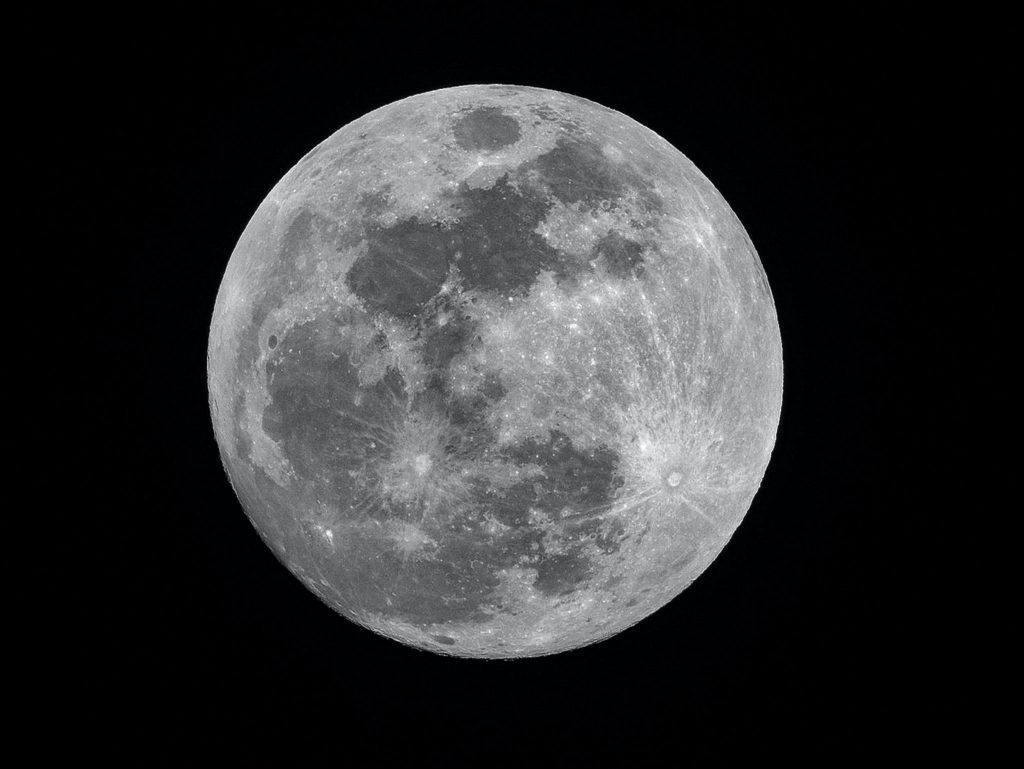
I have used several of Natalie Tobert’s photos in my post which I pluck from Natalie’s face facebook feed which is a veritable visual feast. She worked, as an archaeologist at the Museum of London at the same time as me. She is an excellent potter, photographer and artist. Natalie was a Fellow of the Royal Society of Arts, and a member of Society of Designer Craftsmen. You can see more of her pictures here.
First published in 2022, and revised February 2024.

